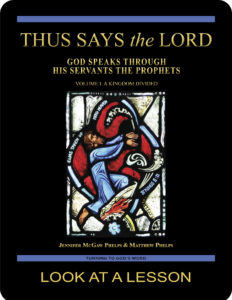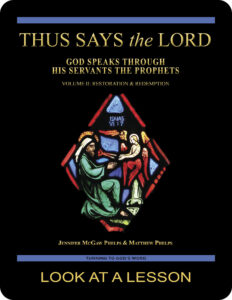Apocrypha
 What has led to several books of the Catholic Bible being referred to as the Apocrypha? Several inspirational and uplifting readings can be found in the
What has led to several books of the Catholic Bible being referred to as the Apocrypha? Several inspirational and uplifting readings can be found in the
Second Book of the Maccabees. These powerful readings, however, have not gotten the exposure that some other texts have received because many Christians consider the First and Second Books of the Maccabees to be apocryphal. These two books fall into a group known to Catholics as the deuterocanonical books.
The underlying issue behind why these books don’t appear in many Protestant Bibles is a debate over whether they should be included in the official canon of Scripture. Canon comes from the Greek word κανών (kanon), which means “a rule” or “a measure.” The biblical canon, then, is the measure by which Scripture is considered to be the divinely inspired word of God rather than mere inspirational writing.
The term deuterocanonical adds the Greek word δεύτερος (deuteros), which means “second” and refers to seven books and a few other passages outside of the Jewish canon of the Scriptures but still included in the Catholic and Orthodox canon. These consist of Tobit, Judith, Wisdom, Sirach, Baruch, and First and Second Books of the Maccabees, as well as some passages in Esther and Daniel.
The word apocryphal derives from the Greek word ἀπόκρυφος (apokruphos) meaning “hidden” or “concealed.” This term was adopted in the Middle Ages to refer to books outside of the canon of Scripture determined by Church councils of Carthage in 397 and 419. Some writings fall into neither Christian canon—the Gospel According to Thomas, for example. Calling such works apocryphal probably was intended to discourage their circulation. When Protestants rejected the deuterocanonical books at the time of the Reformation, they removed these seven books from their Bibles and also began referring to them as the Apocrypha.
you also may like our two-part study of the prophets

 Thus Says the LORD: God Speaks Through His Servants the Prophets—Volume I: A Kingdom Divided examines the prophets in their historical context using the First and Second Books of the Kings and other Old Testament passages written before the Babylonian Exile in 586 B.C. Volume II: Restoration & Redemption looks at the post-exilic prophets. This 51-lesson Catholic Bible study builds on The United Kingdom of Israel: Saul, David & Solomon Foreshadow Christ the King. Click on the books’ covers to view a sample lesson from each volume.
Thus Says the LORD: God Speaks Through His Servants the Prophets—Volume I: A Kingdom Divided examines the prophets in their historical context using the First and Second Books of the Kings and other Old Testament passages written before the Babylonian Exile in 586 B.C. Volume II: Restoration & Redemption looks at the post-exilic prophets. This 51-lesson Catholic Bible study builds on The United Kingdom of Israel: Saul, David & Solomon Foreshadow Christ the King. Click on the books’ covers to view a sample lesson from each volume.
 Click on the picture of the statue of Moses with horns (above) to learn more about Lost in Translation. A new entry is archived each Monday. Contact us to receive Lost in Translation by email every week. You may use any of the contact links on our website to ask Matthew a question.
Click on the picture of the statue of Moses with horns (above) to learn more about Lost in Translation. A new entry is archived each Monday. Contact us to receive Lost in Translation by email every week. You may use any of the contact links on our website to ask Matthew a question.
